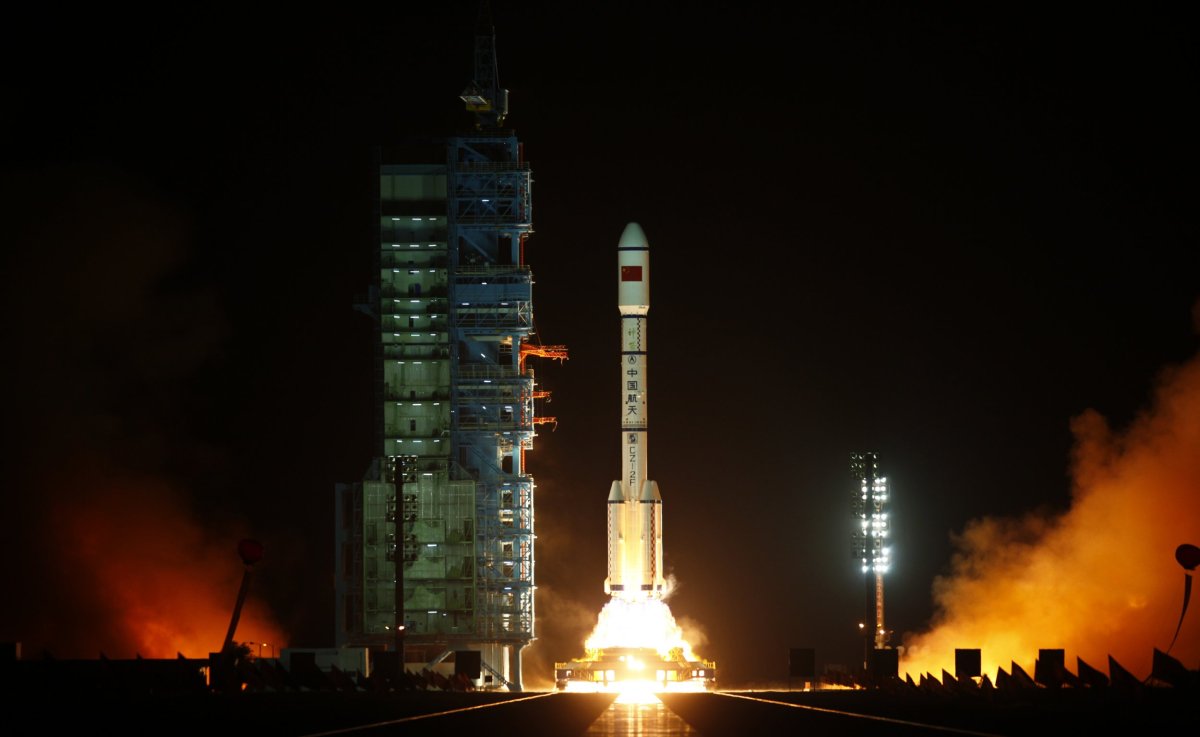
Update | Where in the world is Tiangong-1, China's rogue space station? Predictions of where and when the space station will land have shifted since the China National Space Administration (CNSA) lost control of it in September 2016. Now a researcher from France's space agency claims the station will crash sometime in the first half of March 2018.
When China first lost control of the space station in September 2016, it was expected to come falling down to Earth in several months. Since then, as Newsweek reported, it was predicted to crash in early 2018. The window of time in which Tiangong-1 is expected to crash has expanded and contracted since then.
Earlier predictions put the crash landing somewhere between January and February in 2018. As Newsweek previously reported, the predictions were pushed toward February. Now, in an interview last week with CNES, the French space agency, researcher Stéphane Christy said it's looking a lot like March.

"Our simulations are pointing towards re-entry on March 11, 2018, with a margin of give or take 18 days," Christy told CNES. The date, he said, is calculated every week by CNES's OPERA program. The outputs from his team's simulations are very dependent on solar activity. The stronger the sun, the greater the friction and the faster Tiangong-1 is expected to descend.
That level of variability might explain why the predictions of where and when Tiangong-1 will crash seem to have shifted in the past year.
Timothy Flohrer, a space debris analyst for the European Space Agency (ESA), which is monitoring the space station's fall toward Earth, told Newsweek in an email that Christy's predictions are mostly "consistent" with ESA's predictions, but assume a smaller window of uncertainty. The ESA maintains that the window of time in which the satellite could crash land begins in January 2018, Flohrer said. "We will know more precisely every day."
According to Christy, the space station is predicted to land somewhere between 42.8 degrees north and 42.8 degrees south, which includes some countries in Western Europe, Africa and the Middle East.
"In the history of spaceflight, no casualties due to falling space debris have ever been confirmed," the ESA said in a previous statement.
This story has been updated to include comment from the European Space Agency.
Uncommon Knowledge
Newsweek is committed to challenging conventional wisdom and finding connections in the search for common ground.
Newsweek is committed to challenging conventional wisdom and finding connections in the search for common ground.
About the writer
Joseph Frankel is a science and health writer at Newsweek. He has previously worked for The Atlantic and WNYC.
To read how Newsweek uses AI as a newsroom tool, Click here.








